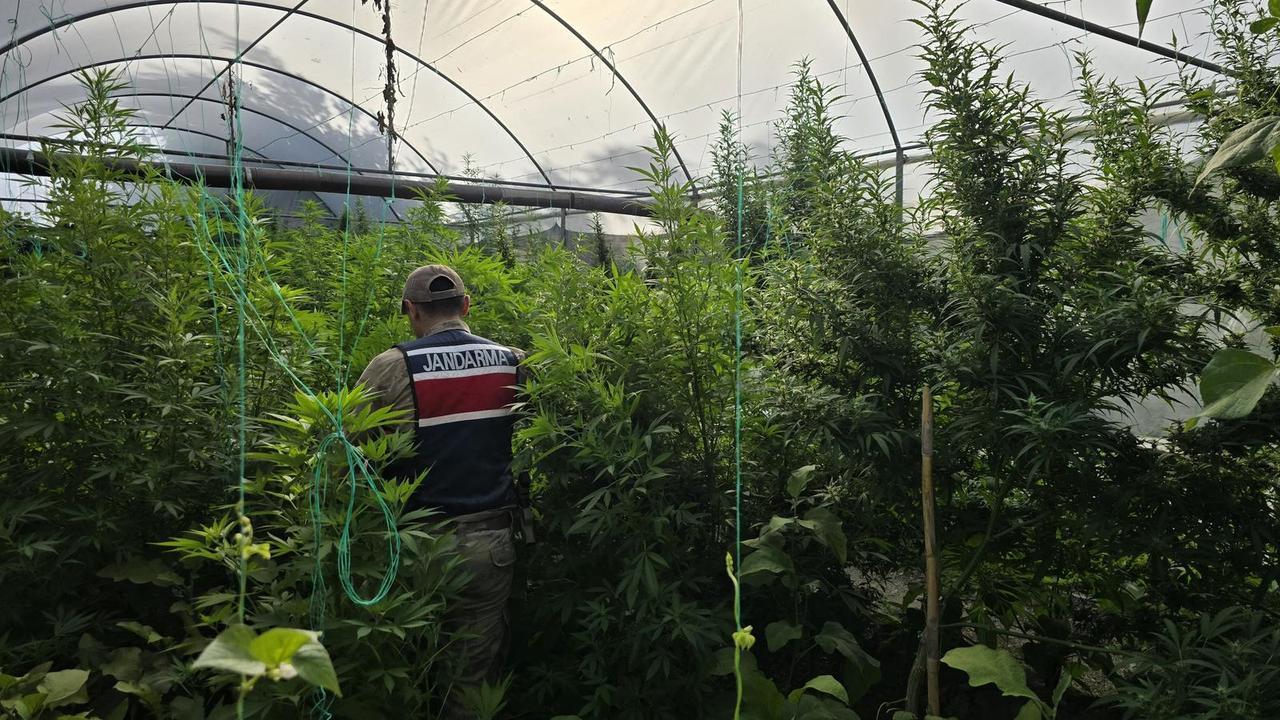
The Turkish National Police’s Anti-Narcotics Department has released a detailed report titled “Profile Analysis of Drug Users,” outlining the social, demographic and behavioral patterns of individuals involved in substance use across the country.
The findings highlight how narcotics have penetrated beyond marginal communities, reaching households with steady incomes and ordinary family structures.
The report suggests that drug use is no longer confined to specific social or economic classes.
Instead, it cuts across segments of society, making it a nationwide concern with both public health and security implications.

According to the report, 94% of users are either primary or secondary school graduates, while only 4% have attained higher education.
Individuals whose parents are university graduates show significantly lower rates of drug use. This supports the argument that higher educational attainment within families can act as a protective factor against narcotics.
The data indicates a strong correlation between education and resilience against drug usage.
While formal schooling alone may not eliminate the risk, an educated household environment appears to substantially reduce the likelihood of early exposure to drugs.
The analysis shows that 93% of drug users are men, underlining the gender imbalance in substance use.
Furthermore, 61% of respondents stated they have regular employment, challenging the stereotype that drug addiction is limited to the unemployed.
Family structure also plays a role: 73% of users reported that their parents live together, while 27% grew up in households affected by divorce, death, or separation. This suggests that while broken families may increase vulnerability, stable households are not immune to the problem.

A striking 84% of users lived in urban or district centers over the past five years, while rural areas showed significantly lower rates.
Researchers attribute this to social and environmental factors in smaller communities that may act as barriers to drug spread.
Additionally, 86% of users live with family members, and 89% of respondents’ mothers identified as housewives.
These findings contradict the common assumption in the literature that children of working parents are more exposed to drugs.
The majority of users are single (58%), while 30% are married and 36% have children.
Notably, 83% were unmarried at the time of their first drug use.
Domestic conditions also play a role: over half of respondents reported experiencing occasional or rare domestic violence, while 32% said there was no violence at all.
The presence of dysfunctional family dynamics appears to align partially with existing research on risk factors.

The average age of first drug use is 22 years, with the most common onset age being 20.
Nearly 68% of users first tried narcotics between the ages of 15 and 24, marking this group as the most vulnerable.
Tobacco use serves as a gateway: 83% smoked before using narcotics, with the average smoking onset age being 17.

The vast majority—66%—began with cannabis, and it is followed by methamphetamine (25%), synthetic cannabinoids known as “bonzai” (12%), and prescription drugs (7%).
Half of the respondents reported using drugs at home, while 15% used them in abandoned buildings.
Importantly, 81% obtained drugs through friends or close acquaintances, underscoring the central role of peer networks in initiation.
The main trigger for first use is curiosity, 35%, with imitation of peers, 19%, and pressure from friends, 16%, trailing behind.
The report also examined how drugs are first obtained. Eighty-one percent of respondents said they were introduced to narcotics by friends or close acquaintances, confirming the central role of peer networks in initiation.
Despite awareness of the risks, quitting remains extremely difficult. One-third of users attempted to stop but were unsuccessful.

The study reveals that 36% of users have faced legal proceedings for crimes beyond drug use, demonstrating a strong link between addiction and broader criminal behavior.
The reportmaker says that drug use in this sense, must be handled as a problem of public security as well.
When asked who in the family first learned about their drug use, 57% of users said their mothers.
Drug use has severe social consequences: 72% of respondents reported damaged family relations. Families typically discovered the issue after an average of 17 months, a delay that significantly increases dependency risks.
Bringing together all the findings, the report identifies a likely profile for a Turkish drug user: a young man, often employed in construction, with less than a high school education and with parents who have not received higher education.
While intact families, urban residency, and maternal presence are common characteristics, they do not eliminate risk.
The study demonstrates that addiction is shaped by overlapping factors—education, gender, peer influence, early smoking habits, and family relations.
It concludes that narcotics use in Türkiye is a multidimensional issue, demanding responses that address not only health but also family, education, and public safety dimensions.